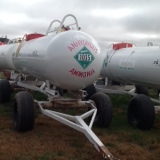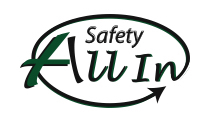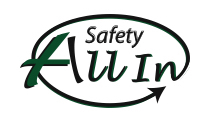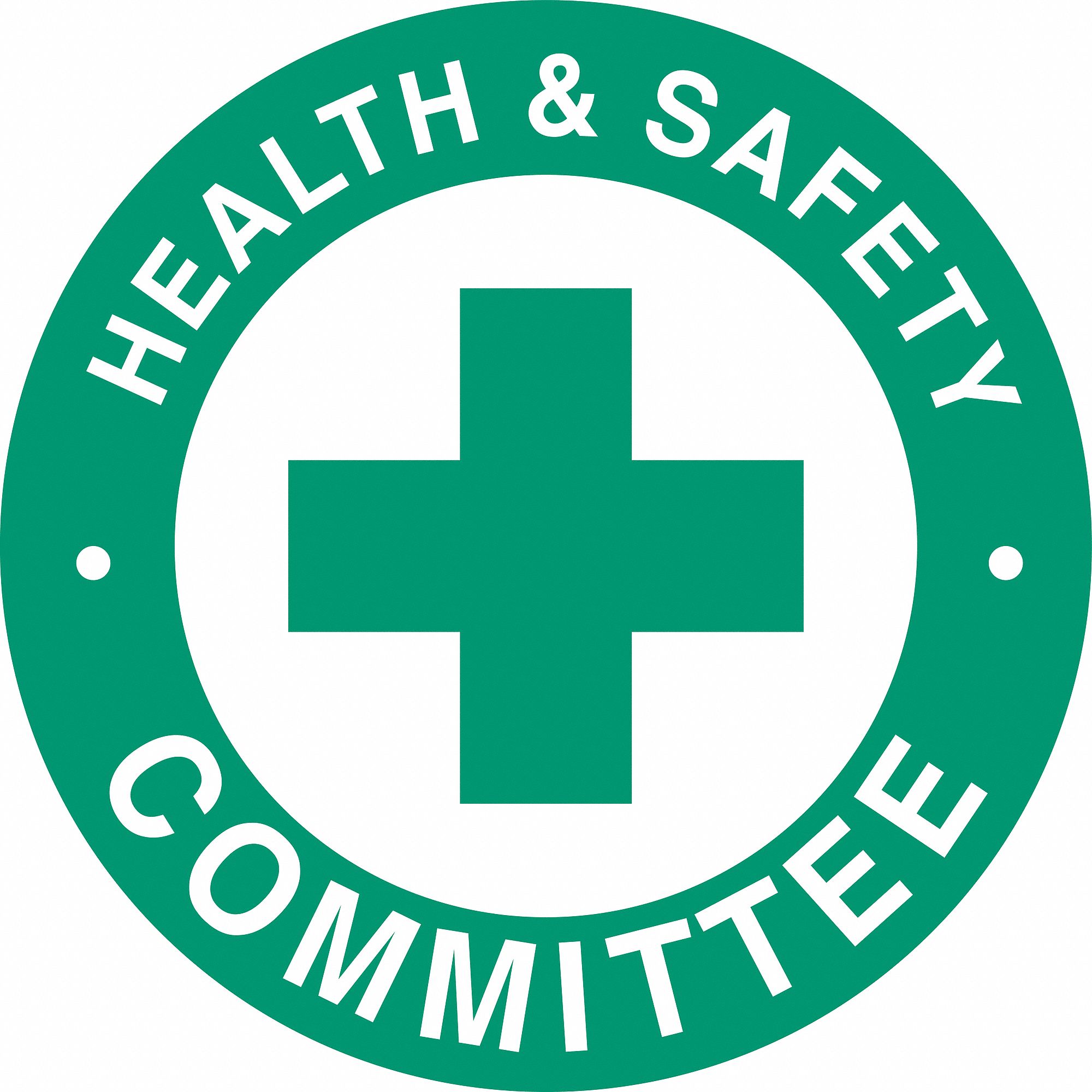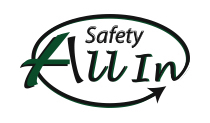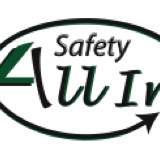Information
-
Document No.
-
Audit Title
-
Client / Site
-
Conducted on
-
Prepared by
-
Location
-
Personnel
Employee Training
-
All employees engaged in anhydrous ammonia operations have completed CVA's anhydrous ammonia safety training.
Safety Equipment
-
Emergency water tanks are full and properly placed at facility during transport load-in and nurse tank filling operations?
-
Emergency shut-off cables are properly installed, marked, and function properly to activate all emergency shut off valves when pulled?
-
Emergency contact phone numbers are displayed at site?
-
Employees have access to proper PPE including non-vented goggles and liquid proof cotton lined gauntlet gloves.
-
At least two full face respirators with current NH3 canisters and spares.
-
Rain suit or slickers, and rubber boots available.
-
First aid kit.
-
Wheel blocks for nurse tanks and transports.
Safety Observations
-
All NH3 equipment is inspected before use or filling.
-
All employees wear long sleeve shirts, long pants, tight fitting non-vented goggles, and NH3 gloves when filling nurse tanks, making or braking any NH3 connections, or servicing any equipment that could result in being exposed to an accidental release of ammonia.
-
NH3 transport vehicles and nurse tanks are secured against moving by placement of wheel blocks and removable of nurse trailer hitch pins before loading and unloading.
-
Fill end valve handles are properly handled by the valve body and never by valve handle during filling operations and properly parked when disconnected from nurse tanks?
-
Proper nurse tank filling procedures are used while filling nurse tanks including the opening and closing sequence of valves.
-
Riser valves are shut off before any hose end valve is disconnected from nurse tanks?
-
Nurse tanks are not filled greater that 85% capacity?
-
Employees ensure emergency water on nurse tanks are full before letting them leave the facility?
-
All unauthorized persons including customers are kept away from load out stand during filling operations?
-
Other unsafe conditions or observations?
Security
-
Bulk Plant Tank Valves are locked when unattended?
-
Hose end fill valves are locked when unattended?
-
Power to pump is secured in off position when unattended?
-
Nurse tanks are parked in a safe area within the facility?
-
No signs of trespassing, ammonia theft, or equipment being tampered with.
Inspections / Maintence Records
-
Proper inspection and maintenance records are maintained for bulk plant and nurse tanks?
Bulk Plant Inspection
-
All of facility components are in compliance with NFPA including proper bulkheads, load-in back check valves, emergency shut off valves, hydrostatic relief valves in liquid piping, pressure relief valves on tanks, proper gauges, etc.
-
No anhydrous leaks?
-
Piers supporting NH3 tanks are structurally sound and a corrosion barrier the width of the saddle is to prevent contact between the tank and the pier.
-
Paint on tanks is in good condition.
-
All required markings in place and in good condition?
-
All electrical equipment and wiring is in good condition and protected from damage by weather.
-
Valves and piping are properly painted to communicate vapor or liquid?
-
Traffic barriers in place to protect tanks and plumbing.
-
Areas under and and immediately around NH3 storage tanks are free of combustible materials such as dry grass or weeds.
-
Vapor relief valves are changed out every 5 years and are directed upward, away from any obstructions, and covered with weatherproof caps?
-
Hoses and tanks for bleeding off of delivery hoses are in place and in safe condition. Bleed off tanks are marked as bleed-off or otherwise so configured that it won't be confused as emergency water.
-
Load out stand is in safe condition?
-
Hoses are in good condition and current on replacement date?
-
Proper pull-away safety devices are installed on each hose?
-
Wind sock is installed within view of workers on load out stand and in good condition.<br>
Nurse Tank Inspections
-
Nurse tanks are free of leaks?
-
Nurse tanks are painted white and free of excess rust.
-
Nurse tanks display proper decals, warning labels, and DOT placards?
-
Each nurse tank is equipped with an emergency water tank in good condition?
-
All nurse tanks are maintained in safe condition including running gear, tires, tanks, valves, and plumbing?
-
Tandem tanks are properly plumbed?
-
Two safety chains installed on each nurse tank.
-
SMV placards displayed on back?
